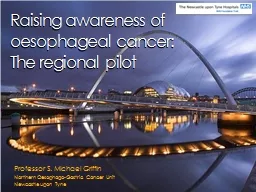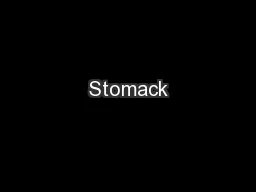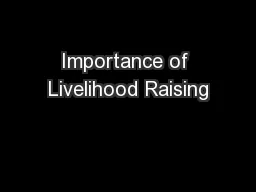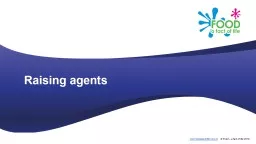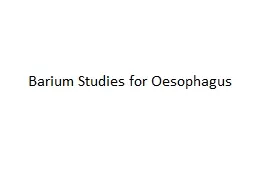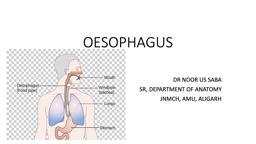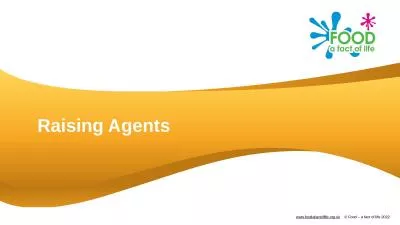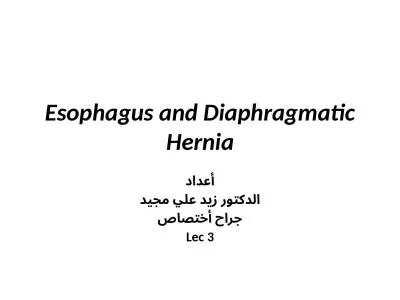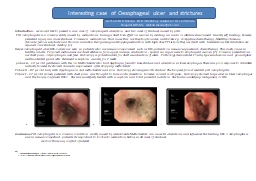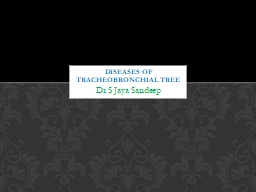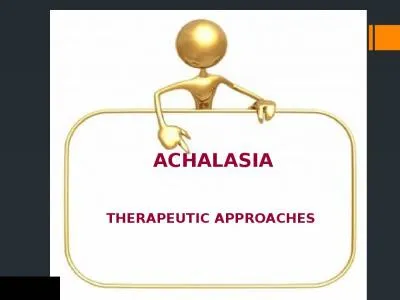PPT-Raising awareness of oesophageal
Author : stefany-barnette | Published Date : 2020-01-21
Raising awareness of oesophageal cancer The regional pilot Professor S Michael Griffin Northern OesophagoGastric Cancer Unit Newcastle upon Tyne Colorectal adenocarcinoma
Presentation Embed Code
Download Presentation
Download Presentation The PPT/PDF document "Raising awareness of oesophageal" is the property of its rightful owner. Permission is granted to download and print the materials on this website for personal, non-commercial use only, and to display it on your personal computer provided you do not modify the materials and that you retain all copyright notices contained in the materials. By downloading content from our website, you accept the terms of this agreement.
Raising awareness of oesophageal: Transcript
Download Rules Of Document
"Raising awareness of oesophageal"The content belongs to its owner. You may download and print it for personal use, without modification, and keep all copyright notices. By downloading, you agree to these terms.
Related Documents

